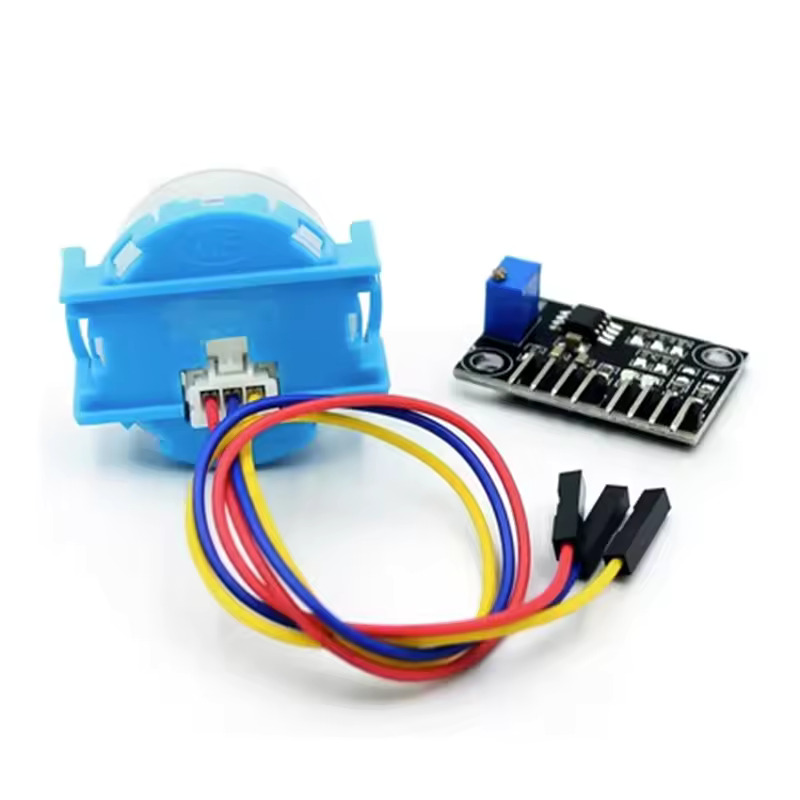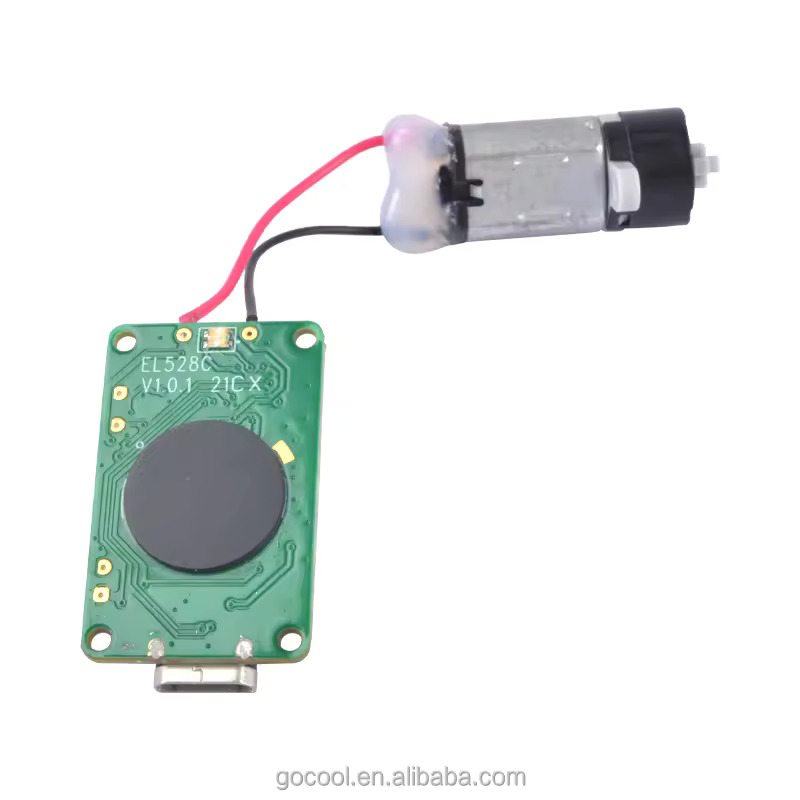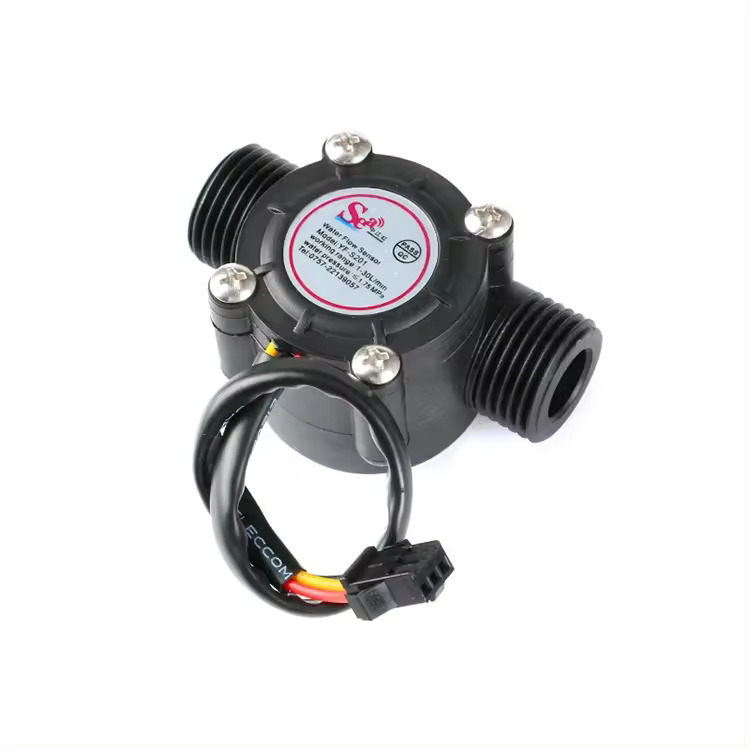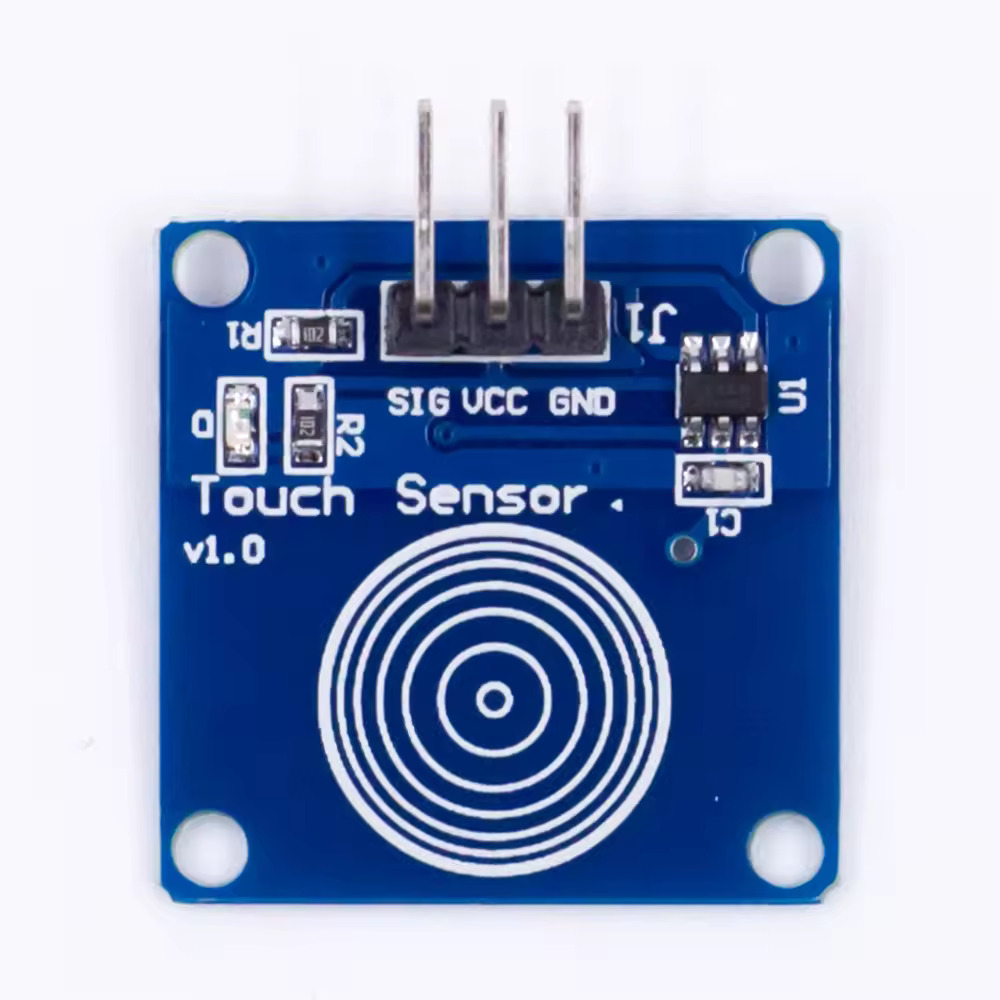The Turbidity Detection Sensor is a crucial component in water quality monitoring systems, designed to measure the cloudiness or haziness of a fluid caused by suspended particles. Here's a detailed datasheet description of a typical Turbidity Detection Sensor module:
Product Name: Turbidity Detection Sensor Module
Key Features:
- Measurement Principle: Utilizes the scattering of light principle to determine the turbidity of the liquid.
- Detection Range: Typically, the detection range varies based on the specific model and application, ranging from low to high turbidity levels.
- Analog Output: Provides analog output signals proportional to the turbidity level detected.
- Digital Output: Some modules may also include digital output options, such as UART or I2C communication protocols for interfacing with microcontrollers.
- Calibration: May feature calibration options to adjust sensitivity or compensate for environmental factors.
- Compact Design: Compact and lightweight module design for easy integration into various systems.
- Wide Application: Suitable for a wide range of applications including water quality monitoring in environmental monitoring systems, wastewater treatment plants, aquaculture, and beverage production.
Technical Specifications:
- Operating Voltage: Typically operates within a specified voltage range, such as 3.3V - 5V DC.
- Output Signal: Analog voltage output or digital signal output depending on the module design.
- Operating Temperature: Operating temperature range, ensuring reliable performance under different environmental conditions.
- Accuracy: Accuracy of turbidity measurement within a specified range.
- Response Time: Response time for providing stable and accurate measurements.
- Power Consumption: Low power consumption for energy efficiency.
- Dimensions: Physical dimensions of the module for integration considerations.
- Protection: May include features such as waterproofing or dustproofing for durability in harsh environments.
Applications:
- Water quality monitoring in rivers, lakes, and reservoirs.
- Monitoring turbidity levels in wastewater treatment plants to ensure effective treatment processes.
- Aquaculture monitoring for maintaining optimal water conditions for aquatic organisms.
- Beverage production processes to monitor water quality during production
 Safe Payment
Safe Payment
 7 Days Return Policy
7 Days Return Policy
 100% Authentic Products
100% Authentic Products




